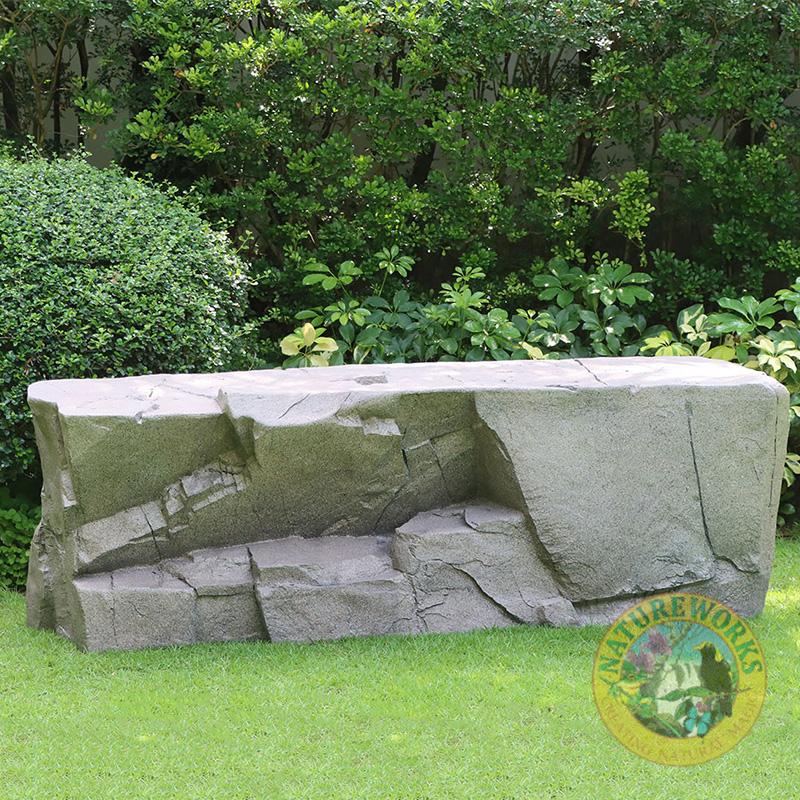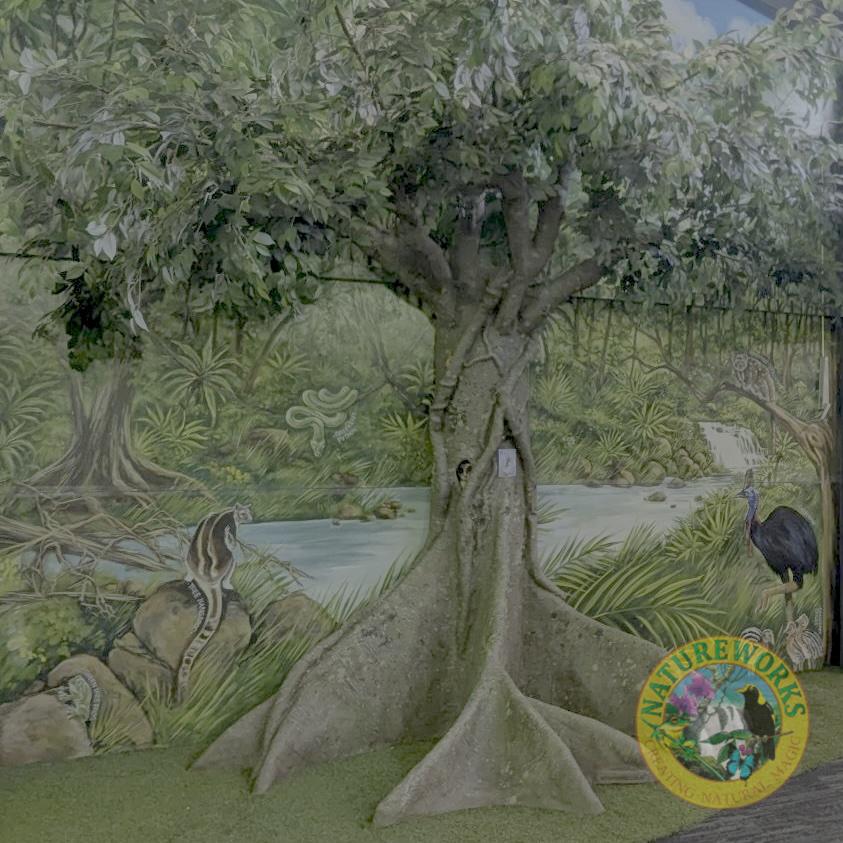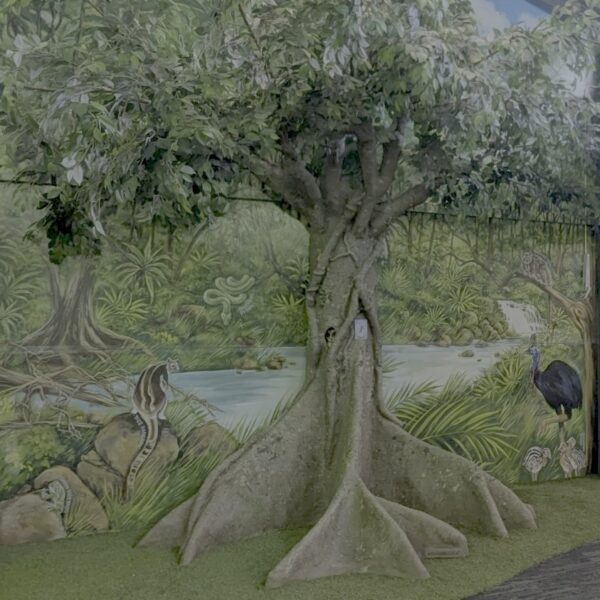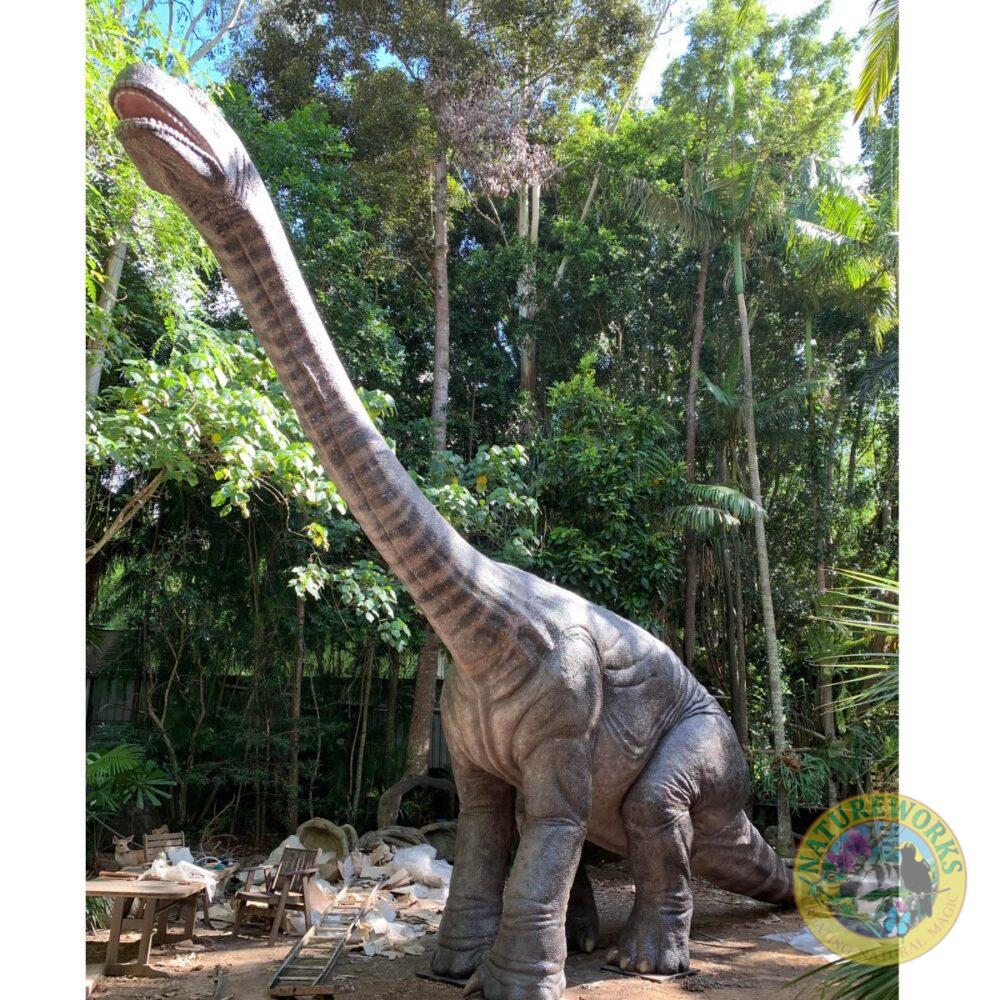In a world of fast-moving looks and fleeting colour palettes, one design choice refuses to date: nature. Textures of stone, the calm geometry of branches, and the soft play of dappled light never go out of style. That’s why more designers, schools, and venues are turning to high-quality artificial rocks and trees. They deliver the atmosphere and storytelling of the outdoors, without the unpredictability, maintenance, or ethical concerns that can come with harvesting or keeping living specimens indoors.
Below is a practical guide to using natural replicas to create spaces that feel grounded, welcoming, and future-proof.

Why “timeless” is trending
Trends shift; human responses to nature don’t. Environments that echo the outdoors tend to feel calmer, more engaging, and more memorable. For long-lived spaces – libraries, clinics, hotels, museums – investing in elements that still look right five or ten years from now saves time and resources. Artificial rocks and trees offer enduring forms and colours, and they won’t wilt, crack, or shed at the first sign of a busy week.
What replicas add that paint and prints can’t
- Scale and presence – A sculpted boulder or a mature canopy creates instant respect due to its natural form and beauty, something that wallpaper can’t achieve. These elements shape sightlines, anchor rooms, and define zones.
- Texture and shadow – Rock grain and bark patterning add depth. As light moves through the day, surfaces catch highlights and cast organic shadows, making spaces feel alive.
- Story and place – A single fig tree in a reading nook suggests a rainforest understory. A cluster of granite-look boulders in a lobby hints at alpine trails. Replicas help people emotionally “locate” themselves.
- Practicality – With fire-rated options, UV-stable finishes, and durable cores, replicas handle high traffic and varied climates while reducing watering, pest control, and replacement costs.
Design principles for a timeless look
- Start with purpose – Ask what the element will do: anchor a reception desk, soften acoustics in a busy corridor, spark curiosity in a children’s area, or guide circulation.
- Get scale right – A canopy should sit comfortably below ceiling services and leave clear sightlines; a boulder grouping should be substantial enough to read from across the room without obstructing flow. If in doubt, size up one step for public spaces.
- Compose in layers – Think foreground (small rocks/stumps), midground (feature tree, seated boulder), and background (rock wall, moss panel). Layering creates depth without clutter.
- Keep a restrained palette – Choose one rock “family” (e.g., sandstone, basalt, granite) and stick to it. Mix bark tones only if they complement existing finishes.
- Light it like a landscape – Grazing light across rock brings texture to life; soft uplights in the canopy create a glow that invites people in.

Where they shine
- Learning spaces – Imagine a school library where a “story tree” creates a reading canopy, with low boulders as casual seating. Biology classrooms can add a rock alcove displaying fossils and specimens. Outdoor-themed zones naturally encourage inquiry, role-play, and quiet focus.
- Healthcare and wellness – In a paediatric clinic, a gentle boulder path and a friendly tree create an intuitive wayfinding: “Follow the rocks to Room 3.” In waiting rooms, a simple grove softens anxiety and offers a focal point away from screens.
- Hospitality and retail – Hotel lobbies gain instant identity with a sculptural rock wall behind reception. Cafés can separate queues and dining with low boulder groupings instead of plastic stanchions. Retail windows featuring a single statement tree tell a seasonal story without constant re-prop.
- Workplaces – Use a small grove to define collaboration zones, add acoustic softness, and bring relief to tech-heavy interiors. Rocks double as perches for quick stand-ups.
- Residential and build-to-rent – Artificial stone around a fireplace, a courtyard “olive” or “juniper,” or a kids’ play corner with a mini rock outcrop brings character with minimal upkeep.

Educational and well-being benefits
Natural cues support curiosity and comfort. In classrooms and museums, replicas can be paired with labels, QR codes, or tactile samples to turn décor into discovery. In calmer spaces – libraries, counselling rooms, prayer rooms – tree canopies and stone textures reduce visual noise and provide gentle focus. The effect is subtle but significant: when people feel at ease, they engage more fully with the purpose of the space, whether learning, healing, or connecting.
Environmental awareness, without environmental strain
High-quality replicas support sustainability by reducing demand for quarried stone and old-growth specimens. Their longevity means fewer replacements and less waste, while many pieces are repairable and modular, relocate them during a renovation rather than discard them. In water-stressed regions or sealed buildings with limited daylight, replicas achieve a natural look without irrigation, fertilisers, or pest control. Choosing replicas is a sustainable way to create lifelike environments that minimise negative impacts on ecosystems.
Styling ideas you can adapt anywhere.
- Desert calm: Pale sandstone boulders, warm timber, and dry grasses for a minimal, restful palette.
- Canopy corner: One mature tree in a reading nook with a circular bench; top with dimmable uplights for evening glow.
- Coastal bluff: Weathered “granite” with rope details and sea-grass planters, perfect for foyers and café counters.
- Alpine trail: Darker rocks, cooler lighting, and timber wayfinding markers for galleries or museum corridors.
- Zen courtyard: Low rock groupings, raked gravel, and a single sculptural trunk, ideal for wellness suites.
Safety, access, and maintenance
-
Codes & clearances: Leave generous egress paths; avoid creating climbable hazards in unsupervised areas. Choose fire-rated finishes where required and confirm local compliance.
-
Anchoring: Secure taller trees and wall pieces to the structure. Use tamper-resistant fixings in public zones.
-
Cleanability: Specify matte, non-gloss finishes that resist fingerprints. Most pieces can be cleaned with a soft brush and mild detergent.
-
Acoustics: Pair canopies with acoustic panels or felt leaves when controlling reverberation is a goal.
-
Lighting: Aim for layered lighting – ambient for overall comfort, accent for texture, and task lights where people read or work.
Budgeting and phasing
Start with one hero element (e.g., a reception tree or feature wall) and add supporting pieces over time. Because replicas are durable and colour-stable, you can phase confidently without a mismatch. For cost control, combine premium centrepieces with simpler rocks, stumps, or planters that repeat the story at lower price points.

Common pitfalls (and easy fixes)
- Too many types at once – Pick one rock geology and one or two tree species; repeat them for coherence.
- Oversized in small rooms – If ceiling heights are limited, choose a sculptural trunk or branch canopy rather than a full crown.
- Under-lighting – Beautiful texture disappears in flat light – budget for feature lighting from the start.
- Blocking sightlines – Keep canopies airy above eye level; use lower rocks near circulation edges.
A quick planning checklist
- Purpose and outcomes (wayfinding, seating, storytelling, acoustic softening)
- Scale, clearances, and anchoring points
- Cohesive palette (rock family, bark tone, adjacent materials)
- Lighting plan (grazing, uplight, dimming)
- Maintenance schedule and access for cleaning
- Educational touchpoints (labels, QR links, specimen shelves)
- Phased rollout and future re-use
Imagine what your space could spark
Artificial rocks and trees aren’t just décor – they’re tools for engagement. They turn lobbies into landmarks, classrooms into habitats, and corridors into journeys. Most importantly, they invite imagination, curiosity, and care for the natural world, every day, for years to come.
Ready to design a timeless space? Share your floor plan and goals, and we’ll help you select a rock and tree palette that fits your budget, meets your safety requirements, and tells the story you want people to feel the moment they walk in. Call us at 07 3289 7555 today!

Jungle Adventure Play Tingalpa
Natureworks recreated natural habitats of the local area, complete with realistic artificial trees, rocks, wildlife sculptures and artistic murals for a unique educational experience.

White Rhino jungle-themed bar, Surfers Paradise
A memorable urban jungle experience at the White Rhino jungle-themed bar and restaurant in the Gold Coast. Natureworks supplied white rhino sculptures, rock wall, waterfall feature, artificial trees and green walls.

Dreamtime themed nature playground at Huntington Rise, Qld
Gibirrngaan Park in Huntington Rise estate (Gold Coast hinterland) features a giant red-bellied black snake, fossil dig and other nature playground items.
















